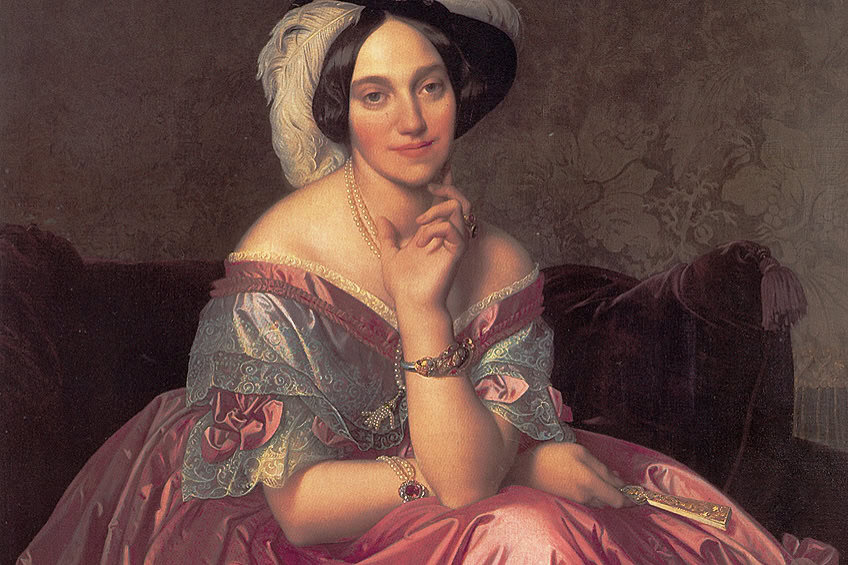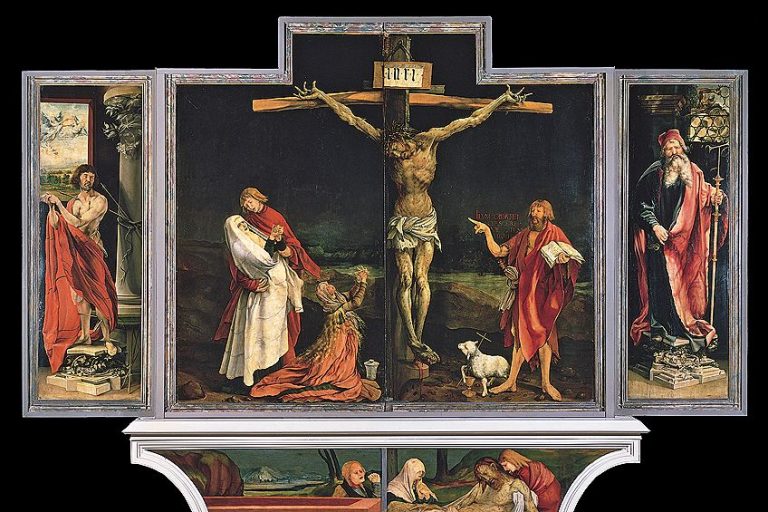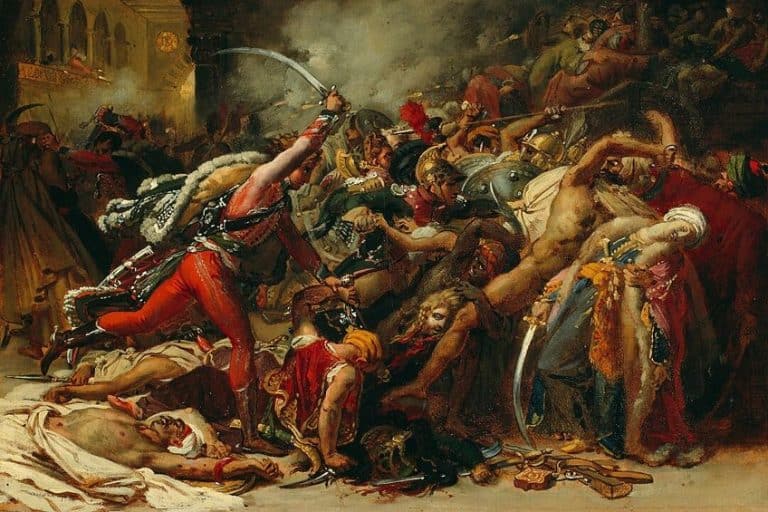“Baronne de Rothschild” by Ingres – A Quick Look
Baronne de Rothschild, painted by Jean-Auguste-Dominique Ingres in 1848, is a striking example of the artist’s mastery of portraiture and his dedication to Neoclassical ideals. Commissioned by Betty de Rothschild, a prominent member of the illustrious Rothschild banking family, this portrait captures the elegance and sophistication of the Parisian elite during the mid-19th century. Ingres, known for his meticulous attention to detail and smooth, refined brushwork, renders the baroness with almost photographic precision, emphasizing her grace and opulence through the rich textures of her attire and the luxurious setting. The painting not only highlights Ingres’ technical skill but also reflects the cultural and social aspirations of the era, making it a significant work in the canon of 19th-century French art.
Key Takeaways
- The portrait by Ingres exhibits the elegance and status of Betty de Rothschild in 19th century Paris.
- It reflects Ingres’s finesse in portraiture and the weight of the Rothschilds’ cultural patronage.
- Baronne de Rothschild demonstrates the intertwining of art with the historic legacy of an influential family.
Historical Context
| Artist | Jean-Auguste-Dominique Ingres (1780 – 1867) |
| Date Created | 1848 |
| Medium | Oil on canvas |
| Genre | Portrait |
| Period/Movement | Neoclassicism |
| Dimensions (cm) | 141.9 x 101 |
| Series/Versions | Standalone work |
| Where Is It Housed? | Louvre Museum, Paris, France |
| What It Is Worth | Estimated at tens of millions USD, though the exact value can vary based on market conditions and provenance. |
Baronne de Rothschild is a significant portrait from 1848 by the French Neoclassical artist Jean-Auguste-Dominique Ingres. The artwork features Betty de Rothschild, who was not only immersed in financial affluence due to her marriage to her uncle, the banker James Mayer de Rothschild, but also recognized as a prominent patron of the arts in Parisian society. Her image, as immortalized by Ingres, encapsulates the sophistication and beauty that were known to characterize her during her lifetime.
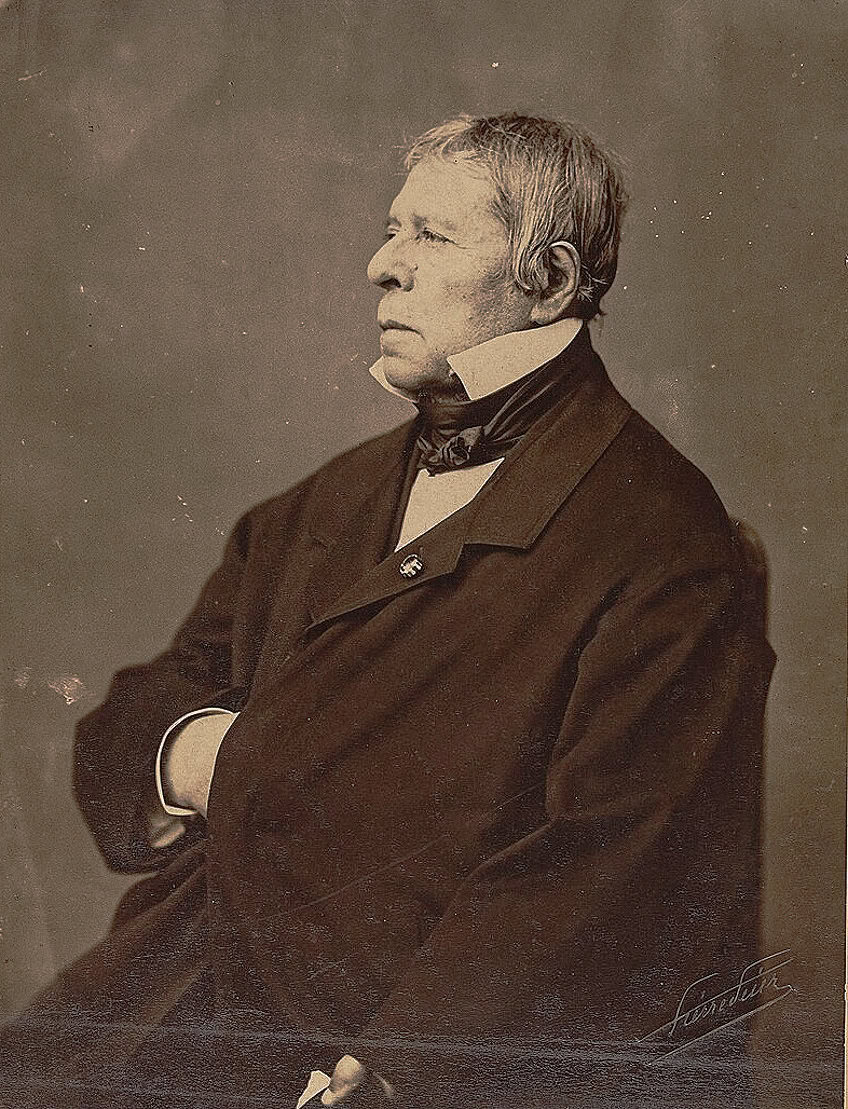
The portrait stands out as a prime example of Ingres’s mastery in capturing the essence of his subjects with an air of grace and refinement. It is through this particular piece that Ingres conveys the status and elegance of the Baronne de Rothschild, leaving an enduring piece within the canon of Western art that would shape the interpretation and reception of the Rothschild family’s legacy.
This artwork not only highlights the societal position of its subject but also serves as a historical marker of the Rothschilds’ extensive influence during the 19th century.
Jean-Auguste-Dominique Ingres’ Legacy
Jean-Auguste-Dominique Ingres, a master of the Neoclassical art movement, profoundly impacted 19th-century painting through his distinctive style and meticulous craftsmanship. His legacy is epitomized by precise draughtsmanship and a chromatic purity that continues to influence artists beyond his time.
Baronne de Rothschild in the World of Art
The portrait of Baronne de Rothschild stands as a significant work within the art world. Painted in 1848, it captures Betty de Rothschild, a prominent arts patron and one of Europe’s wealthiest women of the time, highlighting the intersecting realms of social status and cultural patronage.
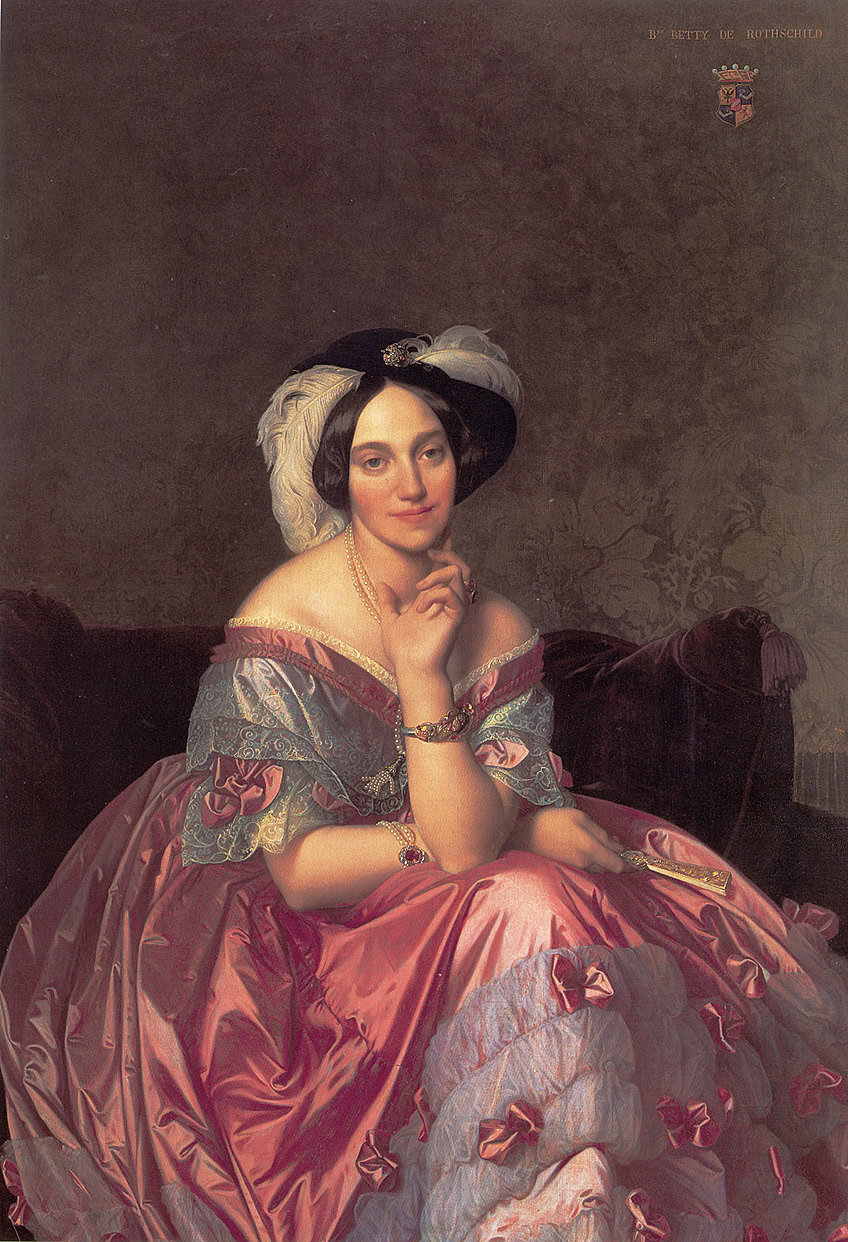
Key Attributes of the Portrait
Ingres’ portrait is renowned for its attention to detail and the sitter’s elegant pose. Measuring 141.9 x 101 cm, the oil on canvas composition showcases the characteristic neoclassical ideals of harmony and restrained emotion, presented in a life-like and poised manner.
Rothschild’s Influence in Art
The Rothschilds, as a family, wielded substantial influence over the arts, using their wealth and status to support and commission works. Betty de Rothschild’s marriage into the dynasty further cemented their role as leading art patrons, with this portrait exemplifying their engagement in bolstering the artistic endeavors of their epoch.
Visual Analysis
Jean-Auguste-Dominique Ingres’s portrait of Baronne de Rothschild demonstrates meticulous composition, a fine portrayal of textiles, and reveals subtle symbolism through its detailed execution. The painting is remarkable for its lifelike representation and stylistic precision.
Composition and Artistic Elements
The composition of Baronne de Rothschild is anchored by the central figure against a muted background, drawing focus to the subject. The Baronne is seated elegantly on a red velvet sofa, which adds a rich contrast to her pale skin and the delicate fabrics of her attire. The arrangement in the painting is balanced, with the Baronne’s centrally aligned posture lending a formal symmetry to the artwork.

Portraiture Technique and Style
Ingres’s technique in this portrait is indicative of his Neoclassical style, combining sharp realism with idealized beauty. His brushwork is particularly evident in the rendering of the pink satin evening dress and lace frills, which are depicted with almost tangible texture.
The subject’s facial expression is serene and composed, with meticulous attention paid to her serene gaze and the soft modeling of her features.
Symbolism and Detailing in the Portrait
Each element in the portrait carries significance, from the black velvet toque adorning the Baronne’s head to the carefully arranged lace that frames her face, suggestive of her wealth and social status. Moreover, the pink satin evening dress and lace frills not only exhibit Ingres’s skill in depicting various textures but also reflect the subject’s femininity and refinement.

Dimensions and Method
The painting measures 141.9 x 101 cm and is executed in oil on canvas. Ingres’s method involves a painstakingly detailed process to create a smooth surface, with no visible brushstrokes, that impeccably captures the nuances of fabric and form within the portrait’s dimensions.
Provenance and Legacy
This section explores the historical journey and enduring impact of Jean-Auguste-Dominique Ingres’s Baronne de Rothschild. From its creation to present-day significance, the portrait’s custody, display, influence, and exhibitions are meticulously chronicled.
This sheds light on its contribution to art history.
Custody and Collection History
Jean-Auguste-Dominique Ingres painted Baronne de Rothschild in 1848, a portrayal of Betty de Rothschild, one of the wealthiest women in Europe and a distinguished Parisian patron of the arts. Initially, the painting was a private acquisition, remaining within the Rothschild family, and it became part of the storied Rothschild Collection.
Public Display and Ownership
Over time, the portrait has been part of public exhibitions and has undergone changes in ownership. It initially resided within the private collection of the Rothschild family, closely held by those of esteemed nobility. As of the current knowledge cutoff in 2023, its public display status or any change of ownership is not explicitly detailed.
Influence and Reputation Over Time
Art historians have widely recognized Baronne de Rothschild for its exemplification of Ingres’s neoclassical style, capturing the elegance and grace of high society figures, thereby solidifying its subject’s status among the wealthiest women in Europe. The portrait has been instrumental in understanding the cultural and social fabric of the 19th-century European elite.
Notable Displays and Exhibitions
Ingres’s masterpiece has been showcased in various notable exhibitions, celebrating its historical significance and aesthetic value. Such exhibitions have not only elucidated the nobility of the era but have also provided insights into the lifestyles of Europe’s most affluent families.
As it entered the public domain, images of the Baronne de Rothschild have become accessible on platforms like Wikimedia Commons, allowing a wider audience to appreciate this work.
Interpretations and Reception
The portrait, Baronne de Rothschild, by Jean-Auguste-Dominique Ingres, painted in 1848, has gathered considerable critique and admiration for its portrayal of nobility, particularly Betty de Rothschild, and its embodiment of mid-nineteenth-century opulence and neoclassical aesthetic. Art historians have analyzed the work’s expression and aesthetic values, while modern viewers continue to interpret its themes and artistic impact.

Critical Analysis
Regarding the critical analysis, art historians consistently note Ingres’s mastery of form and his ability to convey the opulence of mid-nineteenth-century society through his depiction of Betty de Rothschild. They observe how Ingres captures a sense of vulnerability in Madame de Rothschild’s expression, a detail that adds depth to her portrayal beyond mere wealth and status. Her finely arched eyebrows, a testament to the era’s beauty standards, have been highlighted by critics to exemplify Ingres’s attention to nuances that offer a glimpse into the subject’s character.
Artistic Impact
Baronne de Rothschild had a significant impact on art movements, particularly Neoclassicism, by reinforcing the dignified, poised portrayal of the nobility. James Mayer de Rothschild, as the husband of Betty and a prominent banker, implicitly contributed to the artistic narrative by representing the economic backdrop of the portrait—his stature in society inflated the importance of the painting.
Ingres’s work is credited with influencing future generations of portrait artists to depict their subjects with a similar blend of realism and idealism.
Modern Perception and Interpretation
In today’s context, Baronne de Rothschild is viewed as an artifact of artistic sophistication and a window into the lifestyle of the European elite. It is appreciated for its clarity and restrained elegance, with Ingres’s technique being dissected by modern art critics and enthusiasts alike. The nuances of the painting continue to elicit discussions about the representation of female nobility and the connotations of grace and beauty in portraiture, fostering a dialogue between past and present perceptions.
Baronne de Rothschild by Jean-Auguste-Dominique Ingres stands as a testament to the artist’s ability to capture the essence of aristocratic elegance and societal ideals of the 19th century. Through his meticulous attention to detail and refined technique, Ingres immortalized the grace and opulence of Betty de Rothschild, embodying the cultural aspirations and aesthetic values of his time. This portrait not only serves as a remarkable example of Neoclassical portraiture but also offers a window into the world of Parisian high society, making it a significant and enduring masterpiece in the history of French art.
Frequently Asked Questions
How Does the Baronne de Rothschild Painting Reflect Ingres’s Approach to Portraiture?
In the Baronne de Rothschild painting, Ingres showcases his meticulous approach to capturing his subject’s elegance and personality. The portrait embodies Ingres’s precision in line and clarity of form, reflecting a sophisticated and idealized representation of the Baroness, which is characteristic of his portraiture style.
What Are the Distinguishing Characteristics of Ingres’s Portrait Paintings?
Ingres’s portrait paintings are distinguished by their linear sharpness and polished surfaces. His preference for smooth contours and the use of cool colors contribute to a calm and detached aura, while his emphasis on capturing the psychology of his subjects reveals an underlying intensity. These traits are evident in his portraits, where the sitters often exude a sense of noble grace.
How Does the Baronne de Rothschild Compare to Other Ingres Portraits Like Monsieur Bertin?
When comparing Baronne de Rothschild to Monsieur Bertin, both portraits demonstrate Ingres’s skill in composing paintings with strong geometric structures and balanced design. However, the Baronne de Rothschild exudes a more delicate aura, with a refined elegance portrayed through soft lighting and gentle facial features, whereas Monsieur Bertin is depicted with a palpable sense of solidity and weight, highlighted by firm modeling and a commanding presence. The treatment of textures and fabrics in both works reveals Ingres’s attention to detail and his ability to convey the material wealth and status of his subjects.
Isabella studied at the University of Cape Town in South Africa and graduated with a Bachelor of Arts majoring in English Literature & Language and Psychology. Throughout her undergraduate years, she took Art History as an additional subject and absolutely loved it. Building on from her art history knowledge that began in high school, art has always been a particular area of fascination for her. From learning about artworks previously unknown to her, or sharpening her existing understanding of specific works, the ability to continue learning within this interesting sphere excites her greatly.
Her focal points of interest in art history encompass profiling specific artists and art movements, as it is these areas where she is able to really dig deep into the rich narrative of the art world. Additionally, she particularly enjoys exploring the different artistic styles of the 20th century, as well as the important impact that female artists have had on the development of art history.
Learn more about Isabella Meyer and the Art in Context Team.
Cite this Article
Isabella, Meyer, ““Baronne de Rothschild” by Ingres – A Quick Look.” Art in Context. June 6, 2024. URL: https://artincontext.org/baronne-de-rothschild-by-ingres/
Meyer, I. (2024, 6 June). “Baronne de Rothschild” by Ingres – A Quick Look. Art in Context. https://artincontext.org/baronne-de-rothschild-by-ingres/
Meyer, Isabella. ““Baronne de Rothschild” by Ingres – A Quick Look.” Art in Context, June 6, 2024. https://artincontext.org/baronne-de-rothschild-by-ingres/.


